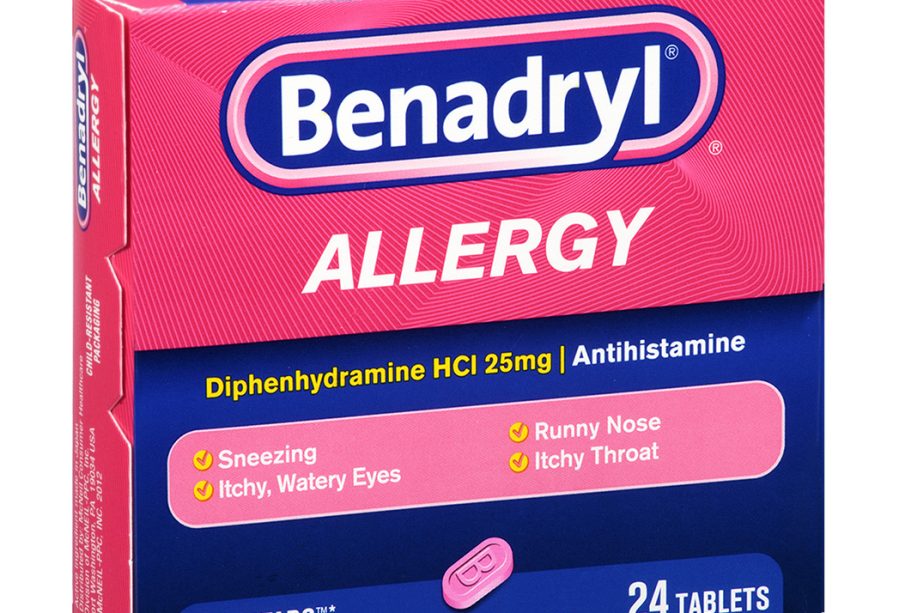Understanding Benadryl: Uses, Risks, and Safety

Introduction to Benadryl
Benadryl, a common over-the-counter antihistamine, is widely used for treating allergies, hay fever, and cold symptoms. Its active ingredient, diphenhydramine, works by blocking histamine, a substance in the body that causes allergic symptoms. Given the increasing reliance on antihistamines, understanding Benadryl’s benefits and potential risks has become essential for consumers and healthcare providers alike.
Current Uses and Popularity
In recent months, Benadryl has gained renewed attention as reports highlight its varied uses. Aside from allergy relief, many people use it for its sedative effects, aiding sleep during stressful times or after long travels. Additionally, some individuals find it helpful in managing motion sickness, making it a common travel companion.
Recent Safety Concerns
Despite its popularity, recent studies have underscored significant safety concerns surrounding Benadryl. In late 2022, the U.S. Food and Drug Administration (FDA) issued a warning about the dangers of high doses of diphenhydramine. The warning was partly prompted by reports of misuse, particularly among teenagers seeking to enhance the sedative effects. Overdoses can lead to severe side effects, including confusion, hallucinations, and in extreme cases, death.
Furthermore, the Centers for Disease Control and Prevention (CDC) has emphasized that older adults should be cautious when using Benadryl. Antihistamines can cause cognitive impairment and increase the risk of falls, which adds another layer of concern for caregivers and healthcare professionals.
Key Takeaways
As doctors and health officials urge caution, it is important that consumers remain informed about the appropriate use of Benadryl. While it can serve a vital role in alleviating allergy symptoms, potential dangers loom if it is misused. Users should always adhere to recommended dosages, consider interactions with other medications, and be mindful of the effects if they belong to vulnerable populations, such as the elderly or those with pre-existing health conditions.
Conclusion
In summary, while Benadryl can be an effective solution for alleviating various allergy-related symptoms, awareness of its risks is paramount. It is crucial for consumers to remain informed about safe usage guidelines and to consult healthcare providers when in doubt. The dialogue surrounding the safety of over-the-counter medications like Benadryl is vital, especially in a climate where misinformation can lead to serious health consequences.








